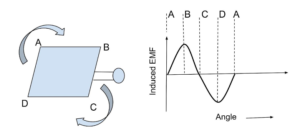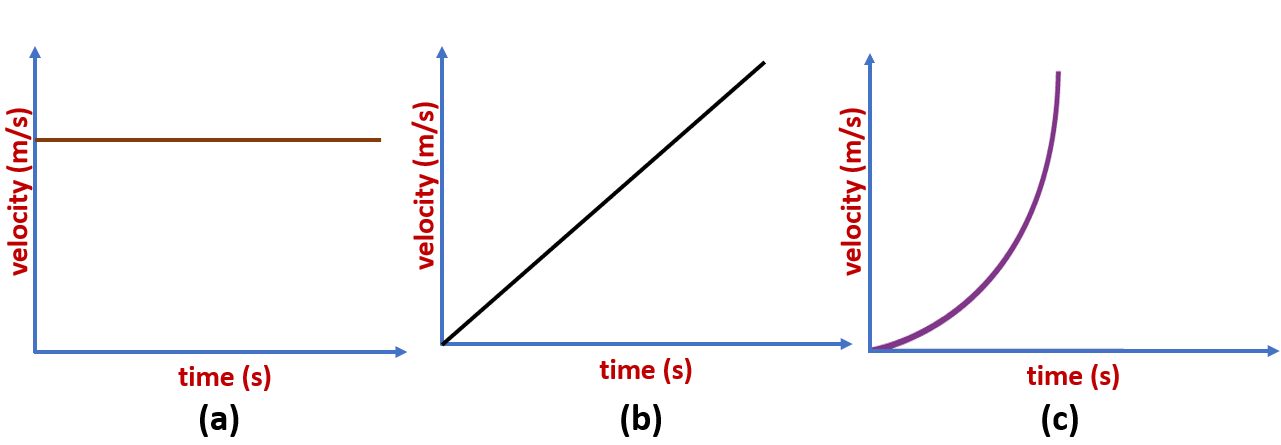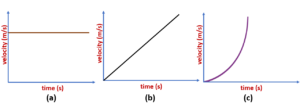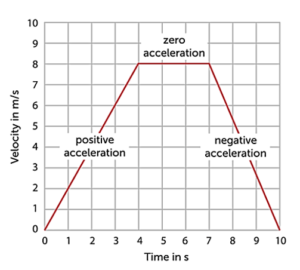Introduction
In physics, there are two types of physical quantities: those that contain a direction as well as magnitude and those that contain only direction. The former are known as vector quantities and the latter are known as scalars. Time, temperature, mass, etc. are scalar quantities since there is no physical sense for mass to have direction. On the other hand, velocity, acceleration, force, etc. are quantities whose directions are important and thus, are examples of vectors.
The process of determining the magnitude and where applicable, the direction of a quantity is known as measurement. It yields a numerical value along with a direction if required. Measuring quantities also requires a standard set of units with reference to which, we can give their numerical value. For instance, we know our height to be 160 cm only because we have a reference value for how long 1 cm is. For this end, the SI system of units was developed to provide a global standard.
What is speed?
Speed measures the pace at which an object moves with reference to a reference point. When we talk of speed in physics, we are concerned with only the distance covered and do not inquire about the direction. Thus, speed is a scalar quantity. Mathematically, we can write:

In the SI system of units, speed is measured in m/s whereas the cgs system measures it in cm/s. Other common units include km/h, mph, etc.
Apart from moving in a straight path, objects can also move along a circular path in which case, we can measure their angular speed in terms of the angle they sweep out in a given time interval. Mathematically,

Types of speed
Physicists classify speed into various types depending on different criteria. Here are a few common classifications:
Uniform speed
An object is said to possess uniform speed if the speed remains constant in time. That is, even as time passes, its speed does not change.
Variable speed
Objects whose speed is not constant in time are said to be moving with a variable speed.
Average speed
We know that it is practically difficult for objects to keep moving at exactly the same speed over time. But over the course of a journey, one can calculate an average speed which gives us a general idea about the motion of the object.
Average speed is measured by taking the total distance that the object covered and dividing it by the total time it took to cover that distance. That is,

Instantaneous speed:
As previously mentioned, an object may have different speeds at different instants in time. The value of its speed at an exactly defined moment in time is termed as its instantaneous speed at that moment.
The calculation for speed
To calculate an object’s speed, we can simply apply the formula for speed. Thus,

A few common examples of speeds measured by scientists include the speed of light in vacuum, which is approximately 3E8 m/s. On the other hand, the speed at which Earth rotates about its axis is 7.28E-5 rad/s and the speed at which it travels around the sun is given as 30 km/s.
Relation between angular speed and linear speed
We can derive a relation between the angular and linear speeds of an object. We know that linear speed is

Further, we know that for circular motion, when the angle swept is very small, the arc length can be approximated as

The angular speed is written as ⍵=θ/t. Hence, if we multiply both sides of this equation with r, we get:

Thus, angular and linear speeds are related by the equation v=r.
Solved examples
1. Raju drives at 15 km/h for 3 hours. How much distance did he cover?
We know that

2. If the blade of a fan rotates at an angular speed of 16π rad/sec, what is the time taken for one complete rotation.
Angular speed can be directly related to the time taken for one complete rotation (T) as follows:

Hence, the fan completes one rotation in 0.125 seconds.
Summary
Speed is a scalar quantity that measures the pace at which an object is moving. It is measured by dividing the distance covered by the time taken to cover that distance. Angular and linear speeds can be related to each other.
Frequently asked questions
1. Describe Newton’s first law of motion.
Newton’s first law states that if an object is moving or at rest, it will continue in that state unless some external factor forces it to change its state of motion. Unless some external factor stops a ball from rolling, it will continue rolling.
2. How does the angular speed of an object remain the same at all points?
Angular speed measures the rate at which a certain amount of angle is swept by an object. It changes with radius and thus, remains the same for all points.
3. How does an ice skater control their angular speed?
Since angular speed depends on the radius, if the ice skater or ballet dancer pulls in their arm close to their body, they speed up. They can also reduce their speed by extending their arms. This is related to the law of conservation of angular momentum.
4. What instrument measures linear and angular speeds?
Linear speed is measured by speedometer in a car while angular speed is measured by an instrument known as tachometer.
5. What is the difference between speed and velocity?


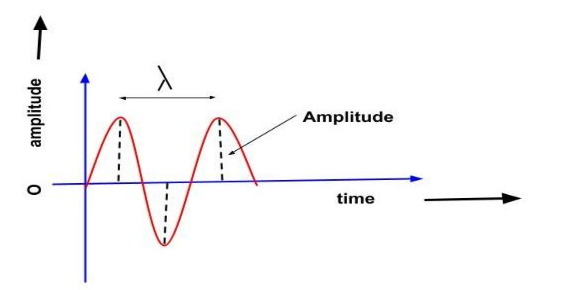
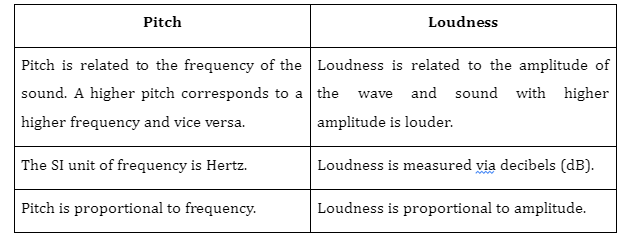 2. Are pitch and frequency different?
2. Are pitch and frequency different?

